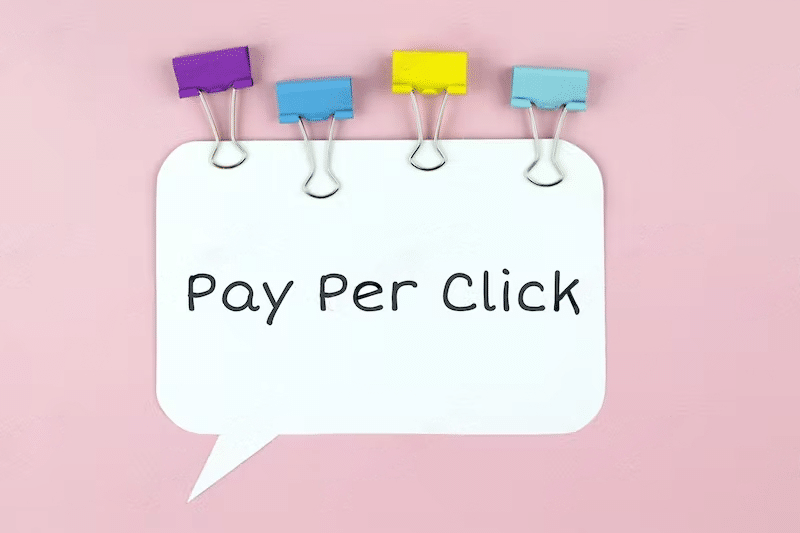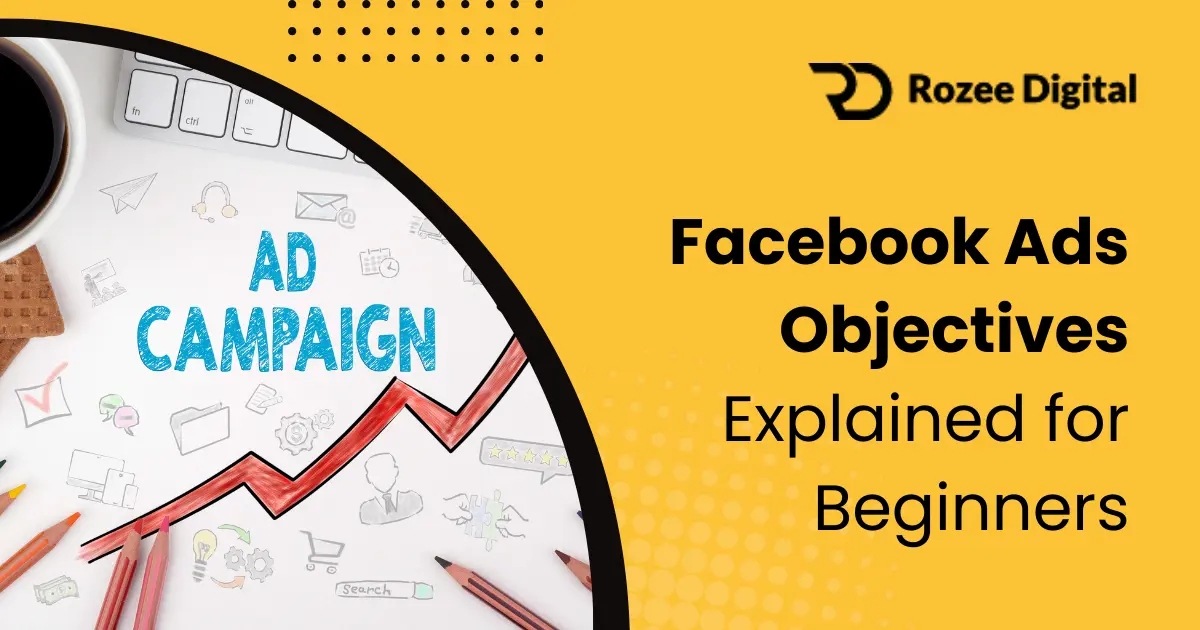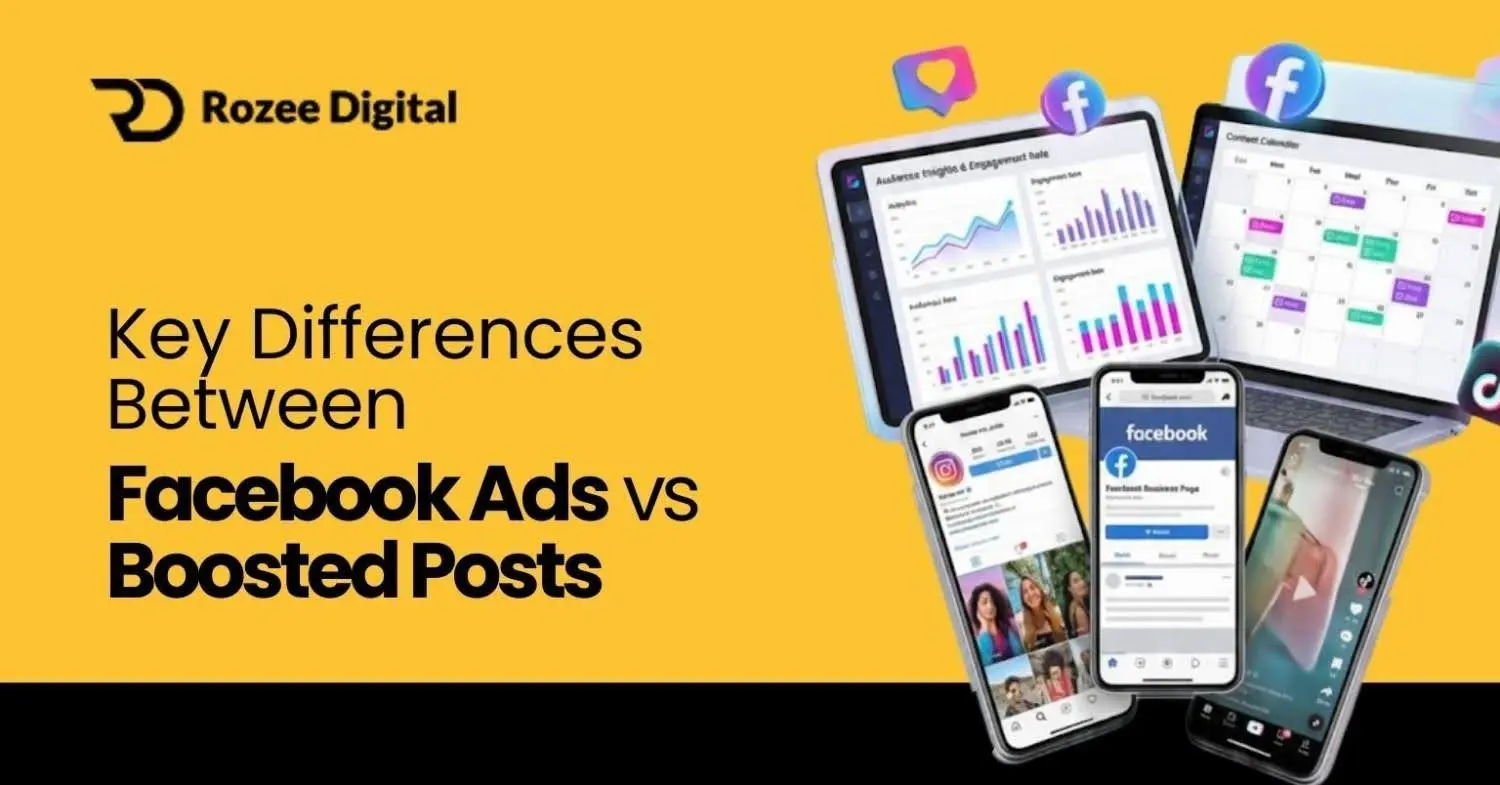
Understanding Pay-Per-Click (PPC) Marketing
In the world of digital advertising, Pay-Per-Click (PPC) marketing has emerged as a powerful tool for businesses to reach their target audience and drive traffic to their websites. This section will provide an overview of what PPC marketing is, its benefits, and how it works.
What is Pay-Per-Click Marketing?
Pay-Per-Click (PPC) marketing is an online advertising model where advertisers pay a fee each time their ads are clicked by users. It is a way to buy visits to your website rather than relying solely on organic traffic. Advertisers bid on specific keywords relevant to their target audience, and when users search for those keywords, the ads are displayed prominently on search engine results pages or other relevant websites.
PPC marketing allows businesses to display their ads to a highly targeted audience, increasing the chances of attracting potential customers. The most popular PPC platform is Google Ads (formerly known as Google AdWords), but other platforms like Facebook Ads, YouTube Ads, Bing Ads, Instagram Ads, Twitter Ads, and LinkedIn Ads also offer PPC advertising options.
The Benefits of PPC Marketing
PPC marketing offers several benefits for businesses looking to promote their products or services:
- Immediate Visibility: Unlike organic search engine optimization (SEO) efforts, PPC ads provide instant visibility on search engines and other websites, ensuring that your business is seen by potential customers right away.
- Targeted Reach: With PPC marketing, you can precisely target your audience based on various factors such as keywords, location, demographics, and interests. This enables you to focus your advertising efforts on those most likely to be interested in your offerings.
- Cost Control: PPC campaigns allow you to set a budget and only pay when someone clicks on your ads. This gives you control over your advertising costs and ensures that you get value for your money.
- Measurable Results: PPC marketing provides detailed performance metrics that allow you to track and measure the effectiveness of your campaigns. Key metrics include click-through rate (CTR), impressions, conversions, and cost per click (CPC).
How PPC Marketing Works
PPC marketing operates on an auction-based system. Advertisers compete for ad placement by bidding on relevant keywords. When a user enters a search query that matches the keywords an advertiser has bid on, an automated auction takes place. Factors such as bid amount, ad quality, and relevance determine the ad’s position on the search engine results page or the display network.
The position of an ad is also influenced by the ad’s quality score, which is determined by factors like the ad’s click-through rate, the relevance of the ad to the search query, and the quality of the landing page.
To maximize the effectiveness of your PPC campaigns, it is crucial to conduct thorough keyword research and selection to identify the most relevant keywords for your business. You can then create compelling ad copy that entices users to click on your ads.
By continually monitoring and analyzing the performance of your PPC campaigns, you can make informed decisions about ad testing and optimization, bid management, and budgeting. This ensures that your campaigns are continually refined and optimized to achieve the best possible results.
Understanding the fundamentals of PPC marketing sets the stage for setting up successful campaigns that effectively target the right audience and generate a positive return on investment (ROI). As you delve deeper into PPC marketing, you can explore advanced strategies and techniques to take your campaigns to the next level.
Setting Up a Successful PPC Campaign
To ensure a successful Pay-Per-Click (PPC) campaign, it is essential to follow a strategic approach. This section will guide you through the key steps involved in setting up an effective PPC campaign: defining your objectives, conducting keyword research and selection, and creating compelling ad copy.
Defining Your Objectives
Before diving into a PPC campaign, it is crucial to define your objectives clearly. Ask yourself what you want to achieve through your advertising efforts. Are you looking to drive more traffic to your website, increase brand awareness, generate leads, or boost sales? Understanding your objectives will help you tailor your campaign and measure its success.
By setting specific, measurable, attainable, relevant, and time-bound (SMART) goals, you can align your PPC strategy with your overall business objectives. For example, if your goal is to increase sales, you might focus on optimizing your ads for conversions and tracking the return on investment (ROI) of your PPC campaign.
Keyword Research and Selection
Keyword research plays a pivotal role in the success of your PPC campaign. It involves identifying the keywords and phrases that your target audience is likely to use when searching for products or services related to your business. Conducting thorough keyword research will help you optimize your ad targeting and increase the chances of reaching the right audience.
Start by brainstorming a list of relevant keywords and then expand it using keyword research tools such as Google AdWords Keyword Planner. These tools provide valuable insights into search volume, competition, and related keywords. Aim for a balance between high-traffic keywords and more specific, long-tail keywords to target a diverse range of potential customers.
Once you have a comprehensive list of keywords, you can refine it based on relevance and search volume. Focus on keywords that are specific to your offerings, have a high search volume, and align with your campaign objectives. For more information on PPC keyword research, check out our article on ppc keyword research.
Creating Compelling Ad Copy
Crafting compelling ad copy is essential for capturing the attention of your target audience and enticing them to click on your ads. Your ad copy should be concise, engaging, and tailored to resonate with your potential customers.
Start by writing a captivating headline that highlights the unique selling proposition (USP) of your product or service. Use language that appeals to your target audience and makes your ad stand out from the competition. Incorporate relevant keywords into your ad copy to improve relevance and quality score.
Furthermore, include a clear call-to-action (CTA) in your ad copy to encourage users to take the desired action, such as making a purchase or signing up for a newsletter. Experiment with different ad variations to identify what resonates best with your audience, and regularly test and optimize your ad copy to improve performance. To learn more about ad testing and optimization, visit our article on ad testing.
By following these steps to set up your PPC campaign, you will establish a strong foundation for success. Remember to continually monitor and adjust your campaign to maximize its effectiveness. In the next section, we will explore strategies for optimizing your PPC campaign, including monitoring and analyzing performance, ad testing and optimization, and bid management and budgeting.
Optimizing Your PPC Campaign
To ensure the success of your PPC campaign, it’s crucial to optimize and fine-tune your strategies along the way. This section will discuss three key areas of optimization: monitoring and analyzing performance, ad testing and optimization, and bid management and budgeting.
Monitoring and Analyzing Performance
Regularly monitoring and analyzing the performance of your PPC campaign is essential for making informed decisions and identifying areas for improvement. By tracking metrics such as click-through rate (CTR), conversion rate, and return on ad spend (ROAS), you can gain valuable insights into the effectiveness of your ads and landing pages.
Utilize the reporting and analytics features provided by the advertising platforms you are using, such as Google AdWords, Facebook Ads, or Bing Ads. These tools offer detailed data on impressions, clicks, conversions, and other important metrics. By analyzing this data, you can identify underperforming ads, keywords, or targeting settings that need adjustments.
Ad Testing and Optimization
Ad testing is a crucial aspect of PPC campaign optimization. By running A/B tests and experimenting with different variations of your ad copy, headlines, and images, you can determine which elements resonate best with your target audience. This iterative process allows you to continually refine your ads and improve their performance.
Consider testing different calls-to-action, value propositions, or promotional offers to see which ones generate the highest engagement and conversion rates. Additionally, explore ad retargeting to reach users who have previously shown interest in your products or services. This can help boost your conversion rates by re-engaging potential customers.
Bid Management and Budgeting
Effective bid management and budgeting are critical for maximizing the impact of your PPC campaign. You need to ensure that your bids are competitive enough to secure ad placements while maintaining a cost-per-click (CPC) that aligns with your budget and desired return on investment (ROI).
Regularly review your keyword performance and adjust your bids accordingly. Focusing on high-performing keywords can help increase your ad visibility, while reducing bids on underperforming keywords can help allocate your budget more efficiently.
It’s important to strike a balance between budget allocation and ad targeting. Consider allocating a higher budget to top-performing campaigns or segments of your target audience. This allows you to prioritize the most profitable areas of your campaign while avoiding overspending on less effective targeting.
By continuously monitoring and optimizing your PPC campaign, you can improve its performance over time. Remember to utilize the various tools and features offered by the advertising platforms, such as ad tracking, conversion tracking, and quality score analysis, to gain deeper insights and make data-driven decisions. Stay proactive in optimizing your campaign to achieve the best results and maximize your return on investment.
Targeting the Right Audience
To make the most out of your PPC marketing efforts, it’s crucial to target the right audience. By reaching the people who are most likely to be interested in your products or services, you can maximize the effectiveness of your campaigns. In this section, we will explore three key targeting strategies: geographic targeting, demographic targeting, and behavioural targeting.
Geographic Targeting
Geographic targeting allows you to focus your PPC campaigns on specific locations. You can choose to target countries, regions, states, cities, or even specific postal codes. By targeting the right geographic areas, you can ensure that your ads are seen by individuals who are most likely to be interested in your offerings.
For example, if you have a local brick-and-mortar store, you can narrow down your targeting to the surrounding area to attract potential customers in your vicinity. On the other hand, if your business operates online and ships globally, you can broaden your targeting to reach a wider audience. Geographic targeting can be particularly useful for businesses that offer location-specific products or services.
Demographic Targeting
Demographic targeting allows you to tailor your PPC campaigns based on specific demographic characteristics of your target audience. This includes factors such as age, gender, household income, education level, and more. By understanding the demographics of your ideal customers, you can refine your campaigns to cater to their specific needs and interests.
For instance, if you sell beauty products targeted at women, you can set your ads to appear primarily to females. Similarly, if you offer premium services that are more suitable for high-income individuals, you can adjust your targeting to reach those with a higher household income. Demographic targeting enables you to align your messaging and offers with the preferences and characteristics of your intended audience.
Behavioural Targeting
Behavioural targeting involves reaching out to individuals based on their online behaviour and interests. This strategy allows you to focus your ads on users who have shown specific behaviours or preferences that indicate their potential interest in your products or services. Behavioural targeting can be accomplished through various methods, such as tracking user behaviour on your website, retargeting ads to individuals who have shown interest in your offerings, or leveraging data from third-party platforms.
For example, if you run an online clothing store, you can target individuals who have recently visited your website but did not make a purchase with retargeting ads. By displaying relevant ads to these potential customers, you can encourage them to return and complete their purchase. Behavioural targeting enables you to deliver personalized and timely messages to individuals who have already demonstrated an interest in what you have to offer.
By leveraging geographic targeting, demographic targeting, and behavioural targeting, you can optimize your PPC campaigns to reach the right audience. These strategies help to ensure that your ads are seen by individuals who are most likely to convert and become valuable customers. Remember to continuously monitor and analyze the performance of your campaigns to refine your targeting and improve your overall ROI. For more information on PPC marketing and strategies for success, be sure to explore our PPC marketing guide.
Maximizing ROI with PPC Marketing

To make the most of your PPC marketing efforts, it’s essential to focus on maximizing your return on investment (ROI). By employing effective strategies, you can achieve higher conversions and optimize the performance of your campaigns. In this section, we will explore three key areas for maximizing ROI in PPC marketing: conversion tracking and measurement, landing page optimization, and continuous campaign refinement.
Conversion Tracking and Measurement
Conversion tracking and measurement are vital aspects of PPC marketing. By implementing conversion tracking, you can determine the effectiveness of your campaigns and understand which ads and keywords are driving valuable actions, such as purchases or sign-ups. This valuable data allows you to make informed decisions and optimize your campaigns accordingly.
To track conversions, you can use various tools and platforms provided by advertising networks, such as Google AdWords, Facebook Ads, or Bing Ads. These tools enable you to set up conversion tracking codes on your website, which track specific actions taken by users who clicked on your ads. By analyzing the conversion data, you can identify trends, measure the success of your campaigns, and make data-driven optimizations.
Landing Page Optimization
A well-optimized landing page is crucial for maximizing the ROI of your PPC campaigns. When visitors click on your ads, they should be directed to a relevant and persuasive landing page that motivates them to take the desired action. A poorly designed or confusing landing page can lead to higher bounce rates and lower conversion rates.
To optimize your landing page, consider the following:
- Ensure that your landing page aligns with the ad copy and keywords used in your PPC campaign. This consistency helps to maintain a seamless user experience and reinforces the message conveyed in your ad.
- Keep your landing page visually appealing, easy to navigate, and mobile-friendly. A cluttered or difficult-to-use page can discourage visitors from taking the desired action.
- Craft compelling and persuasive content that clearly communicates the value proposition of your offer. Highlight the benefits, address pain points, and use strong calls-to-action to encourage conversions.
- Test different elements of your landing page, such as headlines, images, forms, and layouts, to identify the most effective variations. A/B testing can help you refine your landing page and improve its performance.
Remember to continuously monitor and analyze your landing page metrics, such as bounce rate, time on page, and conversion rate, to identify areas for improvement and optimize your landing page accordingly.
Continuous Campaign Refinement
To maximize ROI with PPC marketing, it’s crucial to regularly refine and optimize your campaigns. This involves monitoring performance metrics, analyzing data, and making data-driven adjustments. By continuously refining your campaigns, you can identify areas of success and areas that need improvement, ultimately driving better results.
Some key areas to focus on during campaign refinement include:
- Keyword research and selection: Regularly review and update your keyword list to ensure it remains relevant and aligned with your campaign objectives. Use tools like PPC keyword research to identify new keyword opportunities and refine your targeting.
- Ad testing and optimization: Test different ad variations to identify the most effective messaging, design, and calls-to-action. Use ad testing techniques to compare performance and optimize your ads for higher click-through rates (CTR) and conversions.
- Bid management and budgeting: Continuously monitor your bids and budgets to ensure optimal allocation of resources. Adjust bids based on ad performance and consider allocating more budget to high-performing campaigns and keywords.
By regularly refining and optimizing your PPC campaigns, you can improve the quality score of your ads, increase your ad impressions, and achieve better overall performance.
Maximizing ROI in PPC marketing requires a combination of ongoing measurement, optimization, and refinement. By implementing conversion tracking, optimizing your landing pages, and continuously refining your campaigns, you can drive higher conversions, improve your ROI, and achieve greater success with your PPC marketing efforts.






